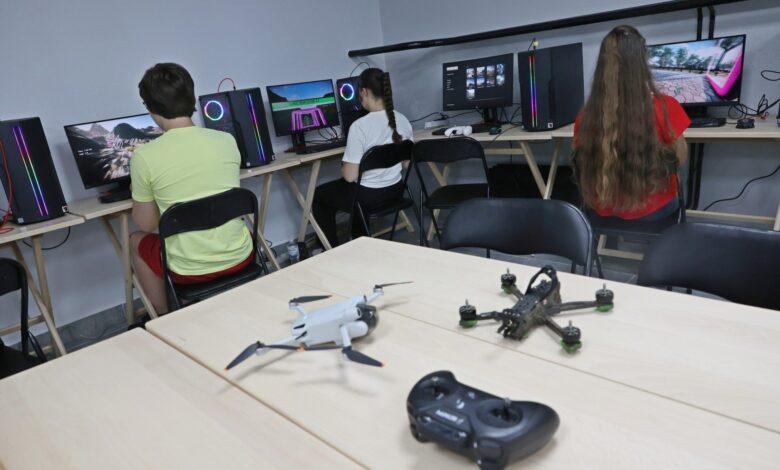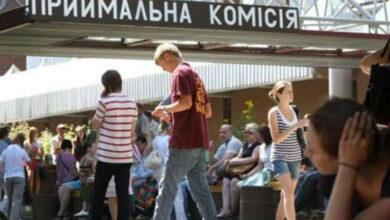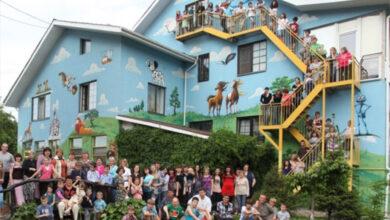Learning to fly FPV drones will become part of the school curriculum for Ukrainian children

In the realities of a full-scale war, not only the structure of the economy, the approach to diplomacy or the model of mobilization changes, but also the very essence of school education. The state, which is hit by air strikes every day, has decided to prepare new generations for real, not conditional, life under threat. And this applies not only to the study of war history or formal military training. From now on, in Ukrainian schools, children will learn how to control FPV drones, provide assistance for combat injuries and work with modern means of communication and protection.
Within renewal of the content of the subject “Defense of Ukraine”, which began in 2024, the Ministry of Education and Science foresees a fundamental change in the teaching format. Instead of traditional lectures and formal assimilation of theoretical knowledge, students will undergo monthly practical trainings lasting 6–8 hours. For this purpose, specialized cells equipped with equipment as close as possible to the realities of modern warfare are created in educational institutions.
A key innovation was the inclusion of FPV drone control skills in the Defense of Ukraine program. For practical training, schoolchildren will work with simulators connected to computers, and will also get access to the drones themselves. This decision reflects the trends that war shows: FPV drones are no longer a supporting element – today they play a key role at the level of tactical initiative.
School activities are not limited to the control of the devices: students will learn about the principles of unmanned reconnaissance, basic aspects of navigation, maintenance of drones and teamwork. This is not only technical training, but also education of responsibility and accuracy in working with high-tech devices.
Along with technical skills, great attention will be paid to tactical medicine. Instead of general ideas about bandages, students work with tourniquets, means of stopping bleeding, simulators for simulating complex injuries. Classrooms feature medical mannequins, combat training kits, and practice stations where you can practice what to do in the event of an injury. Thus, specific skills will be formed that can become decisive in a real situation. This corresponds to the general philosophy of reforming the subject — to format “Defense of Ukraine” as a tool for preparing for action.
The equipment of the classrooms also includes helmets, body armor, gas masks, chemical protection equipment and radio stations. Students have the opportunity to learn the principles of communication tools, get acquainted with the basics of radio interception and interaction in conditions of signal loss. The program also includes familiarization with the basic elements of electronic security and countering disinformation.
Within the updated subject, there are also elements of the training track, on which students can simulate situations in combat conditions. This includes movement in difficult terrain, interaction under fire, shelter, evacuation of the wounded. Such trainings are aimed not only at practicing physical skills, but also at preparing for decision-making under stress. This is important for the development of team interaction skills, coordination of actions and elementary psychological readiness.
The Ministry of Education and Culture emphasizes that the task of the “Protection of Ukraine” reform is not to militarize the school environment. It is about adapting education to reality. According to the authors of the updated program, in conditions where Russian missiles hit civilian objects and school grounds, education should be a tool for survival. Students should know how to react in case of an attack, how to help a classmate, how to evacuate, how not to lose orientation in space and not to panic. Along with this, as noted in the education department, new approaches should help schoolchildren to form critical thinking, readiness for interaction, analytical skills in crisis conditions and basic trust in institutions.
So, the war not only affected the logistics of education, but fundamentally changed its content. “Defense of Ukraine” from a subject that used to be often perceived as formal, turns into one of the key courses in the secondary education system. This is a complex process that requires investment, professional training of teachers and a technical base. But, according to the logic of the implemented changes, only those who are trained, equipped and informed can be ready for the unexpected.





